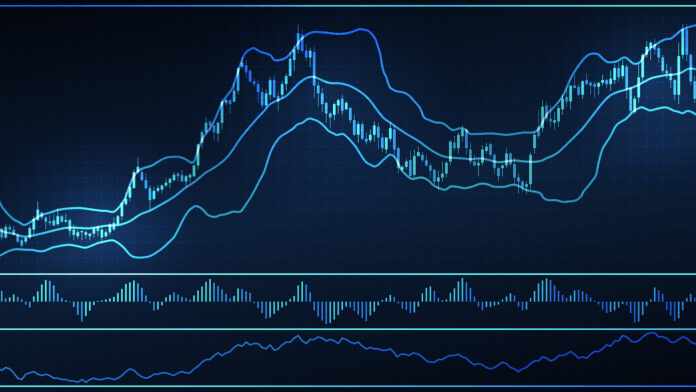Stock trading is a fast-paced activity in which if you blink, you may lose. That blink could be a delay in buying the stock or a miss in the strategy employed. Everything has to be accurate to hit the bull’s eye and grab a profitable trade before anyone else. Humans are prone to blinking in both time and strategy, which is why automated trading platform can come to your rescue.
They do all the tasks needed to succeed in trading and do them all via automation. This ability to be accurate, quick, and effective has made them the staple of the trading world. You, too, can gain the advantages they have to offer by selecting the right one for your needs.
The Automation Tools You’ll Need
A plethora of vendors has automated platforms available for use. While aiming for the same goal, they all possess a variety of features and functionalities. Since every trader has their needs and ways to go about, it’s best to go over what’s on offer by a platform and learn its features to make the best purchase.
Real-Time Data Availability
A market trading platform will be successful only if it can leverage the full market and company data in real-time. This is no small feat as humongous amounts of it are generated at any given time. Some of the things it should note are company earnings and the P/E ratio.
Automated trading platform should have the capacity to capture both company and market data streams simultaneously. This feature must be at the root of its functionality. If not, there must be an option to sideload as a part of the wider software integration exercise. It must maintain the accuracy of data during the entire process too.
Multi-Market Connectivity
The golden rule of investment is to never put all eggs in one basket, which is what multi-market trading enables people to do. For this crucial facility, the algorithmic trading software must be compatible with different protocols used by each market like TCP/IP, Multicast, or FIX.
It must be able to handle different currencies and inter-conversions between them in real-time based on instantaneous exchange rates. It must also allow for aggregated multi-market data streams from such providers instead of doing it by itself.
Extremely Low Latency
While the internet is fast, it isn’t infinitely fast. There will always be a delay between the moment a trade price is announced and the trader’s final trade based on that value. The practically minuscule amount of delay between these two events is large enough to change the initial trade price.
Low latency means more accurate delays, and the software must be designed to process the provided information at the quickest rates possible. Direct connectivity to the exchange makes a key difference in reducing delays. Some of the steps in-between can be automated or eliminated to improve times further.
Backtesting on Historical Data
History is a good way to learn about something, including companies and their stock market performances. The software must be able to acquire or contain historical data about a company of interest and run a simulated trading test based on it.
This testing process is crucial for gaining insights into a strategy’s effectiveness. Any source of failures can be determined and improved upon to get the intended results when applied in the real world.
Multi-Language Programmability for Customization
Sometimes, the stock software provided by the vendor might not be sufficient for your purposes. It must have the provision to tweak it according to your needs. This customizability must be available to the maximum extent possible so that you can alter any aspect of it anytime.
As this alteration involves coding, the software must permit the use of many popular languages for the task, like C++, Java, Python, etc. It must be compatible with programs containing coding in a language other than its own.
Easy Integration with Trading Interface
The software must connect easily with the broker’s or exchange’s network to place trade orders without hassles since it trades upon meeting set criteria. The platform must also have a plug-and-play integration level with another software solution used as a broker’s trading platform or separate analytics ones.
This gives the advantage of scalability and APIs for integrating with the multitude of additional platforms.
Value for Money
The platform should become an investment for further profit instead of a mere purchase/expense. Quality platforms don’t come cheap, which is why they must have all the features one could need for the cost.
Some might provide core features with add-ons costing extra. They could be bought at once or have a SaaS model. Look for one that gives the best bang for the buck.
The world of trading is an ever-evolving one and does so quickly. Automated Trading platform is the best partners to have a successful trade in the quickest time.








